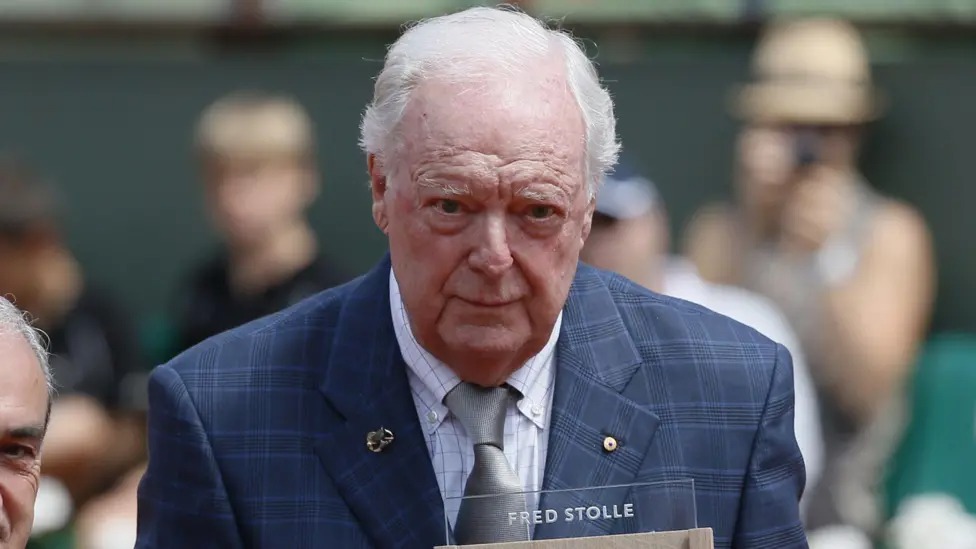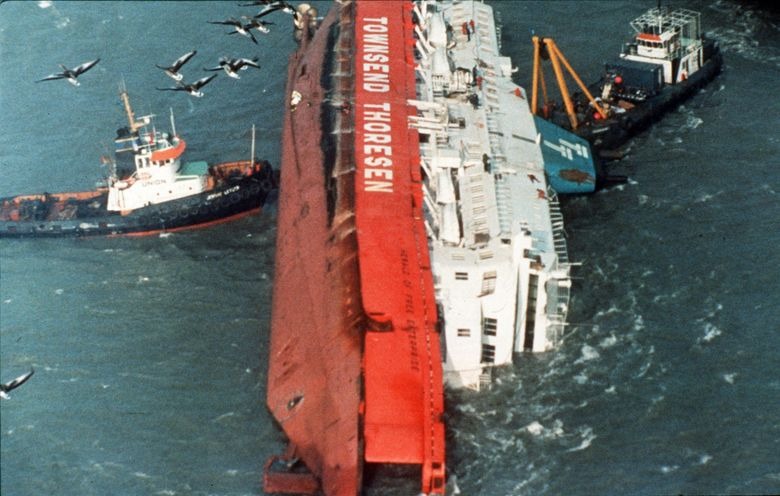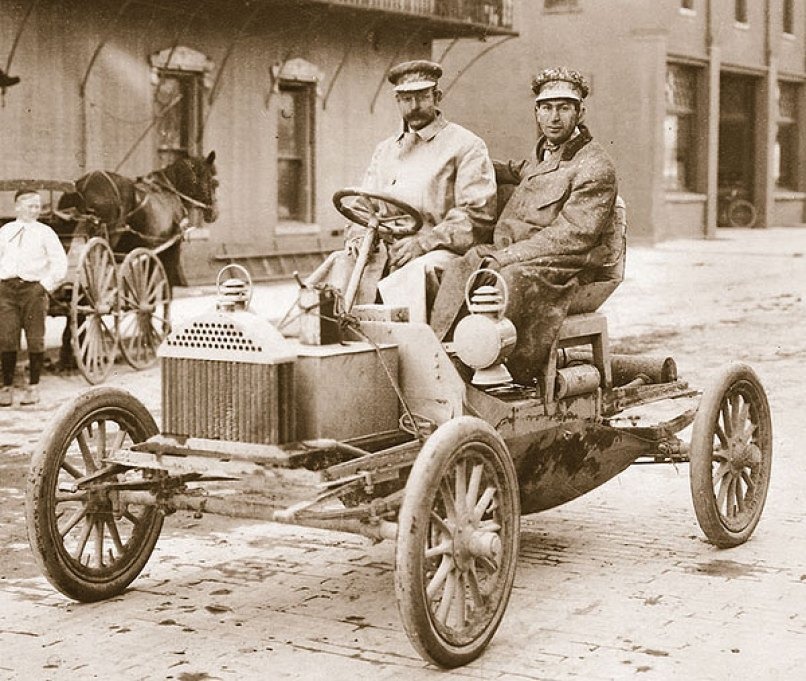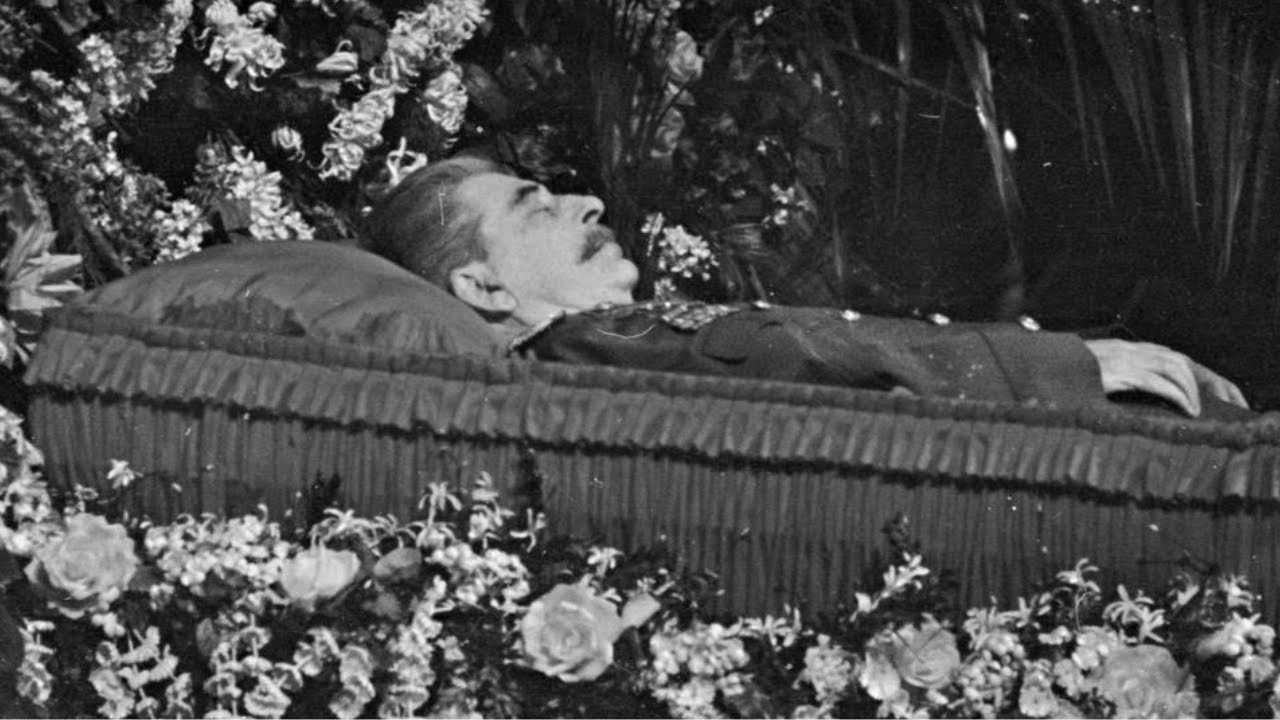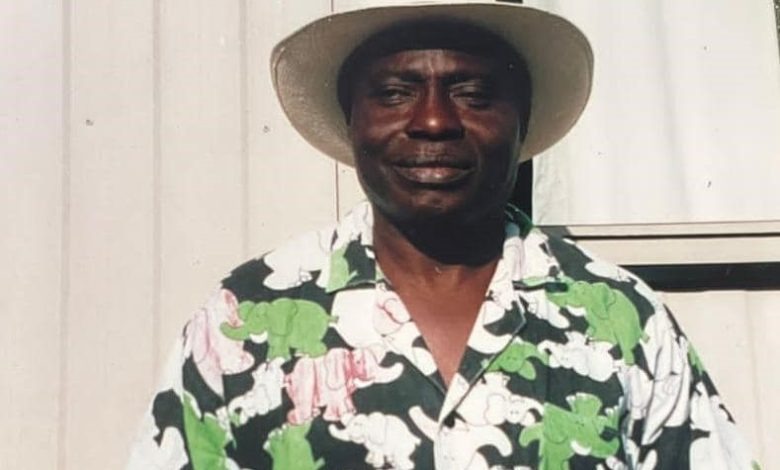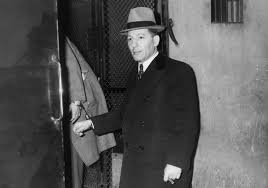Nigerian singer Oluwatosin Ajibade, popularly known as Mr Eazi, has lost his mother, Ifeoma Edith Ajibade. The artist shared the heartbreaking news on Instagram today, March 6, alongside a touching tribute and a photo of them together. He wrote, “Thank you, Mummy For your strength, your sacrifices, your unwavering faith. For raising us with love, …

